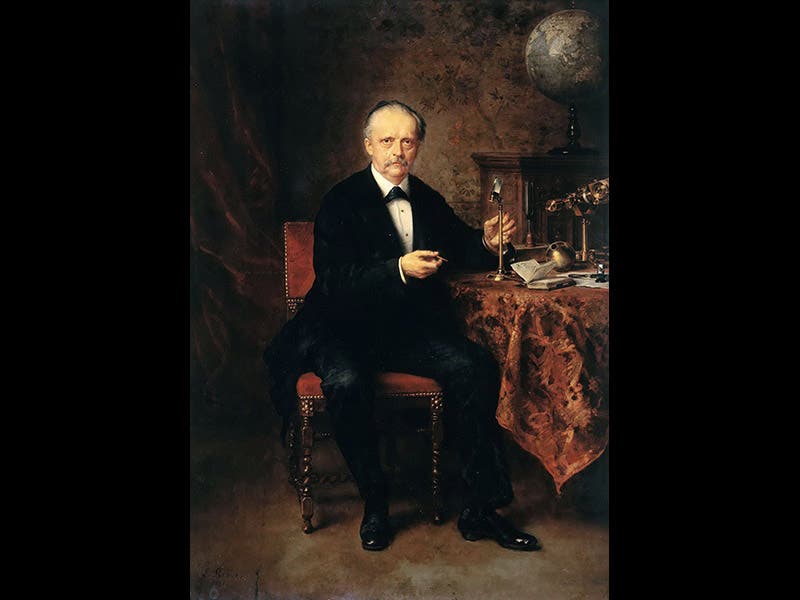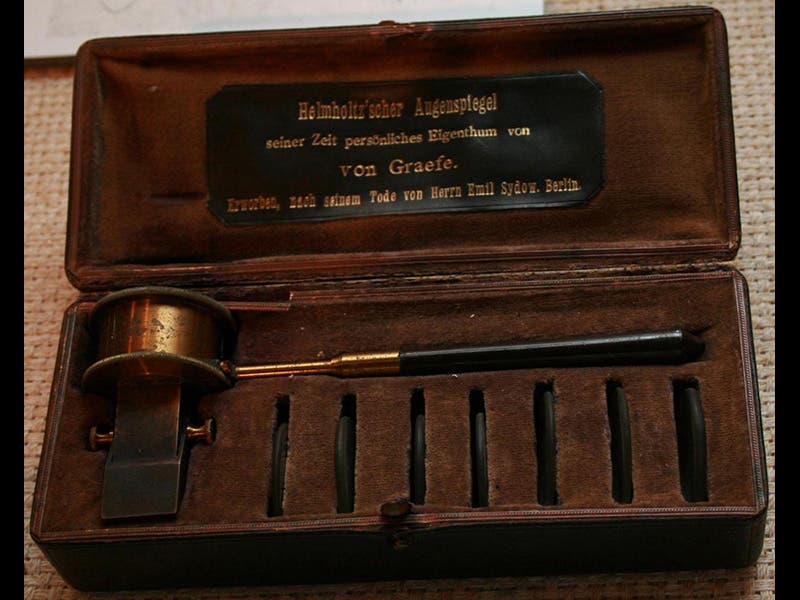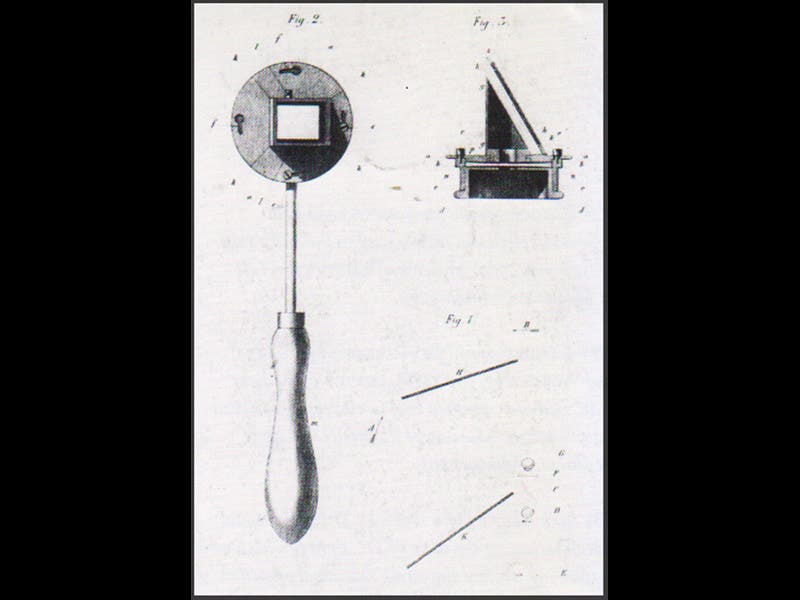Scientist of the Day - Hermann von Helmholtz
Hermann von Helmholtz, a German physicist and physiologist, was born Aug. 31, 1821. Helmholtz was as multi-faceted a scientist as one could find in the 19th century. Since the German army paid for his education, he spent some time (5 years) in the medical corps, during which time he became interested in human physiology. For the rest of his life he did physics, but his interest in physiology never went away. He splashed onto the academic map in 1847, when he published a lengthy paper, Über die Erhaltung der Kraft (On the Conservation of Force). A few years earlier, James Joule of England and Julius Mayer of Germany had independently discovered "the mechanical equivalent of heat," namely that when one uses heat to produce work (or vice versa), a certain amount of heat will produce a certain amount of work (or vice versa). This was the first step on the road to the concept of energy. That concept was announced by Helmholtz in his 1847 paper. He did not yet have a word for it, so he used "Kraft," but he certainly had the idea, that electricity, magnetism, light, chemical action, heat, and motion are all manifestations of a certain quantity, equivalent to mv2, in the case of a moving body. More importantly, Helmholtz announced that energy is conserved in all interactions. This would become the first law of thermodynamics, and Helmholtz was its first annunciator.
In the early 1850s, Helmholtz began working in the field of physiological optics. Almost all students of optics before Helmholtz defined the field as geometrical optics, and they did ray-tracing and looked for focal points and the like. Helmholtz was interested in the question of how we form an image in the brain from sensory perceptions in the eye; how, for example does the brain fuse two upside-down images from two eyes into one right-side-up image in the mind. He was one of the first to argue that we have to learn how to see, using what he termed a process of “unconscious inference,” and he understood the importance of optical illusions in helping us understand how the mind learns to put together a picture. Since he was interested in the physiology of the eye, he invented an instrument in 1851 that allowed one to look into the eye--the ophthalmoscope, a hand-held instrument with a half-silvered mirror that directs an external light into the patient’s eye and then back through the instrument into the eye of the observer. You have all seen a modern version of an ophthalmoscope at work during your annual physical. An original Helmholtz ophthalmoscope of 1852 can be see here above (second image), as well as a diagram showing the 45° half-mirror (third image). We have his Handbuch der physiologischen Optik (1867) in our History of Science Collection, as well as Über die Die Erhaltung der Kraft.
The Humboldt University in Berlin has two handsome statues of its namesakes, Wilhelm and Alexander von Humboldt, in front of the main building, but they are outside the wrought-iron fence, depicted sitting down, and positioned off to the left and right sides. Inside the fence, right smack in front of the main entrance, is a large standing statue of Helmholtz (fourth image). They are obviously proud of Helmholtz in Berlin, as they should be. The only reason one might prefer the 1881 oil portrait by Ludwig Knaus (first image) is that it depicts Helmholtz the experimentalist, holding an ophthalmological lamp, next to a table loaded with instruments, including an ophthalmoscope.
Dr. William B. Ashworth, Jr., Consultant for the History of Science, Linda Hall Library and Associate Professor, Department of History, University of Missouri-Kansas City. Comments or corrections are welcome; please direct to ashworthw@umkc.edu.








![Using an astrolabe to measure the depth of a well, woodcut in Elucidatio fabricae vsusq[ue] astrolabii, by Johannes Stöffler, 1513 (Linda Hall Library)](https://assets-us-01.kc-usercontent.com:443/9dd25524-761a-000d-d79f-86a5086d4774/a998eb50-55d2-4a88-ace2-a50aa5fa86e7/Stoffler%201.jpg?w=210&h=210&auto=format&fit=crop)

